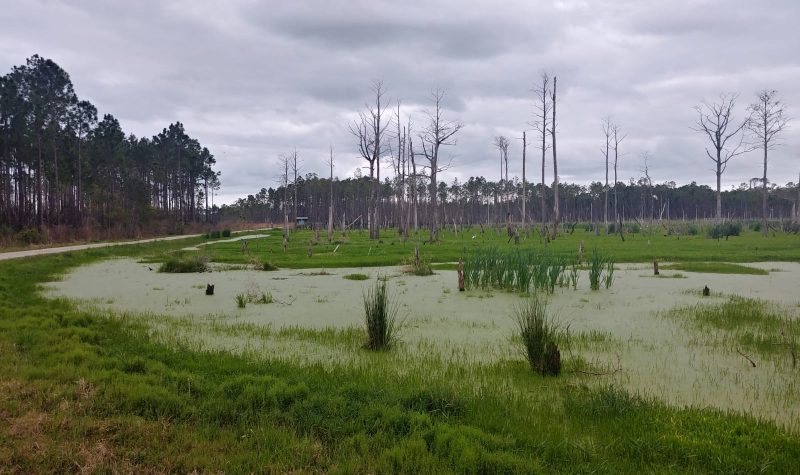Ducks Unlimited Canada, a conservation organization focused on preserving wetlands, is proposing a plan to restore areas that will be impacted by the Site C dam following the provincial government's decision to go ahead with the construction of the megadam. The dam has been subject to much controversy over the years, and, despite trying to achieve the goal of providing clean, sustainable energy, is at risk of causing significant damage to the surrounding areas.
A reduction of greenhouse gas emissions in comparison to fossil-fuel based energy sources is a big draw for many in support of hydroelectric dams. As reported by EcoWatch, the equation can be complicated by the detrimental impact on carbon sinks, areas that absorb more carbon than they admit such as forests. Dams have the capacity to release excessive amounts of methane, which warms the environment 86 times more than CO2, if the flooding of reservoirs is not dealt with properly. This happens as a result of reservoirs filling and flooding upstream forests. As drowned vegetation begins to decompose, methane is released from decaying plants in the man-made reservoirs into the atmosphere. As a result, greenhouse gas emissions from dams have cumulatively soared to about a billion tons annually.
The need for restoration of the wetlands in the surrounding areas of the dam is becoming a topic of interest now that continuation has been approved. The plan proposed by Ducks Unlimited Canada for the Upper Cache wetland restoration has not yet been approved by the Peace River Regional District due to what was deemed to be a lack of information within the proposal.
The following audio story provides listeners with an understanding of the potential impact on wetlands from dam-related activities, with an emphasis on the project proposal by Ducks Unlimited Canada for the Upper Cache wetland restoration near Site C, and the impacts of Site C on neighbouring wetland Watson Slough.


